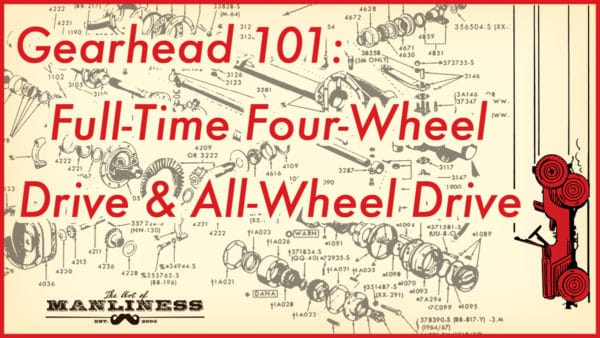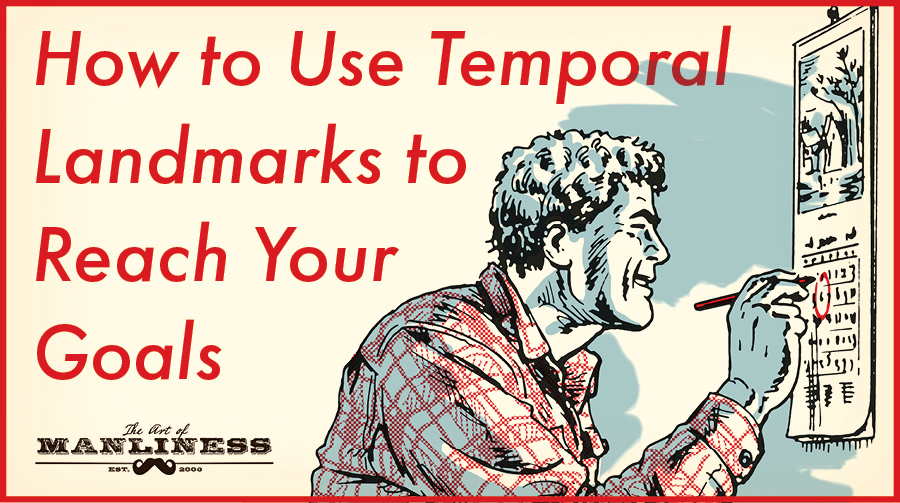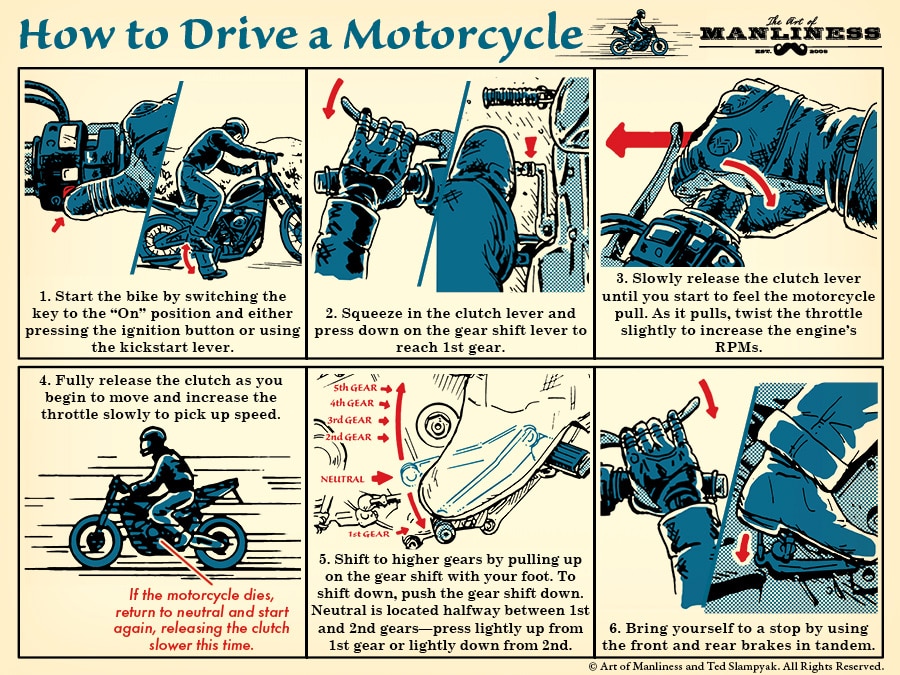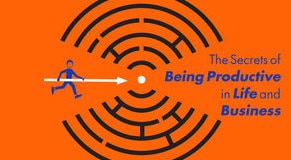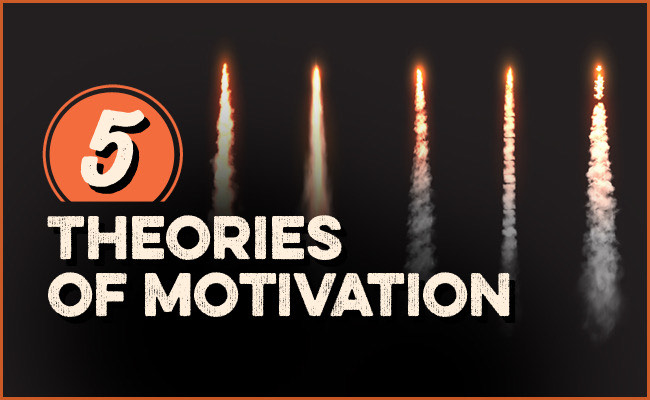
It’s a new year and millions of people around the world are making resolutions to improve themselves in the months to come.
A large portion of those resolution-makers are probably making the same well-intentioned vows they made last January: “This is the year I’ll get in shape…learn a new language…get the garage organized… ”
But we all know how this story usually ends. By February, gym attendance plummets, language apps gather digital dust, and the garage still looks like a bomb went off.
Research suggests that about 80% of New Year’s resolutions fail by the second Saturday in February.
A common explanation for these failures?
“I just didn’t have enough motivation.”
But this refrain reveals a misunderstanding about how motivation actually works.
According to scientists that research the subject, motivation isn’t a thing you either have or you don’t. Rather, it’s a process that’s made up of many other sub-processes and factors that all interact with each other to give us the feeling we call motivation.
To better help you harness your motivation in the coming year as you pursue your New Year’s resolutions (or any other goals), we’ll unpack five motivational theories that explain this process and how understanding them can help you level up your life.
What Is Motivation, Actually?
Motivation is a common word, and we all likely have a general understanding of what it means. “The desire to do something” is what I think when I hear someone say “motivation.”
But how do researchers who study motivation define the word?
In Motivation Myth Busters, the authors (all motivation researchers) describe motivation like this: “For scientists, motivation is a two-part concept. First, motivation is the energy that people put toward an endeavor. Second, motivation is where that energy is directed.”
Think of motivation like a car’s engine and steering system working together. The engine provides power (energy), while the steering determines where that power is pointed (direction). You need both to get anywhere meaningful.
Can You Motivate Others?
The authors of Motivation Myth Busters also point out that you can’t really motivate others. Motivation is something that comes from within. It’s an inner drive like hunger. Just as you can’t make someone feel hungry, you can’t make someone feel motivated.
This isn’t to say that you can’t persuade or nudge people so that they feel more motivated. Just as putting some chocolate chip cookies in the oven can make someone’s mouth water, you can create conditions for the process of motivation to occur. As we discuss the various motivational theories, we’ll talk about some of the ways we can foster motivation in others. The cool thing is that we can use those same tactics on ourselves to increase and sustain our own motivational drives.
5 Theories of Motivation
There are a bunch of different theories of motivation out there. Which may make you wonder why that is. Why can’t researchers just develop one grand unified theory of motivation?
Different motivational theories exist because humans are complex beings that do things for different reasons in different situations. Each of the main motivation theories highlighted below touch on those varying factors; each captures the varying motivations that drive us.
And these theories don’t exist in parallel. In any given situation, you can have multiple theories of motivation at play and interacting with each other. Motivation dynamics can also change over time within the same pursuit.
Remember, motivation isn’t a thing. It isn’t a possession and isn’t static. Motivation is a process. And like any process, it can vary depending on the inputs.
Understanding all of these theories can help you identify which are operating in a certain scenario and how to “hack” them to maximize your motivational energy and get yourself moving in the right direction.
1. Interest Theory
This motivational theory argues that we’re primarily driven by our interest in a task, and it posits that there are two types of interest:
- Personal interest: Enduring passion for a pursuit. If you’re really interested in painting, you’re more likely to keep working at a painting than if you aren’t.
- Situational interest: Temporary curiosity sparked by the environment. Even taxes can be made a bit more interesting by cueing up some music and indulging in a favorite snack.
Interest theory is important to keep in mind in goal selection. You might think you should pursue some goal, but if you’re not genuinely interested in it, you’re unlikely to stick with it.
It can also be used by parents or teachers to help nudge young people towards something. The trick is finding a way to make the task personally or situationally interesting by, for example, showing how a habit will concretely benefit someone’s life or spicing up a lecture with an object lesson.
2. Self-Determination Theory (SDT)
This is probably the most well-known motivational theory. It was developed by Richard M. Ryan and Edward L. Deci. They’re the same guys who came up with the distinction between intrinsic motivation (doing something because you genuinely find the activity rewarding) and extrinsic motivation (doing something for external rewards or to avoid punishment).
Extrinsic motivation isn’t bad; it plays an important role in our lives. Indeed, much of what we do daily — from going to work (to earn a paycheck) to helping others (out of guilt) — involves extrinsic motivation.
But because intrinsic motivation is rooted in our inherent desires, research shows it’s longer lasting.
Self-determination theory argues that intrinsic motivation requires three essential psychological ingredients:
- Autonomy: Feeling in control of your actions
- Competence: Feeling capable and effective
- Relatedness: Feeling connected to others
When these needs are met, intrinsic motivation flourishes naturally. When they’re thwarted, intrinsic motivation withers, and we might find ourselves having to rely on extrinsic motivation.
This theory can explain why being micromanaged at work (low autonomy) can kill your motivation, even if you’re good at your job (high competence). Or why you might stick with a tough exercise program when you join a supportive gym community (high relatedness), but quit when working out alone at home (low relatedness).
You can manipulate these three factors to increase intrinsic motivation in others and in yourself.
For example, you can increase your kid’s motivation to clean their room by 1) giving them options on when and how it gets done (autonomy), 2) letting them know you can help them sort through what needs to get decluttered (relatedness), and 3) giving them kudos on a job well done when they do clean their room (competence).
3. Expectancy-Value Theory
This theory breaks motivation down into two simple questions:
- Can I do this? (Expectancy)
- Is it worth doing? (Value)
The more you can answer “Yes” to these two questions, the more motivated you will be to pursue a goal.
The “value” part of the equation is assessed along three lines:
- Intrinsic value (enjoyment)
- Utility value (usefulness)
- Attainment value (personal importance)
The combination of these value elements is then balanced by the cost of a pursuit (what you give up to do it) to give you its net value.
Expectancy-value theory can be used in choosing what goals to pursue; the more you feel that a goal is something you’re capable of and is valuable, the more motivated you’ll be to stick with it.
You can also use the expectancy-value theory to generate and sustain motivation by structuring the goal to increase its doability and enhancing and then reflecting on its value.
For example, let’s say you want to run a marathon this year.
To increase your motivation, you can increase your expectancy (how capable you feel of achieving the goal) by assessing your current fitness level, creating a realistic training plan, and breaking the goal into smaller, achievable milestones (e.g., running a 5K, then a 10K).
You can increase the value of the goal by deciding to do it with a friend who lives out of state; by promising to keep each other posted on your training progress, you now have a reason to stay connected and a future race-day meet-up to look forward to.
And when your motivation flags during the training process, you can reflect on the other reasons your goal is valuable: how it’s getting you in better shape and how cool it will be when you cross the finish line of your first marathon.
4. Attribution Theory
This theory was developed by Bernard Weiner back in the 80s. It focuses on how we explain our successes and failures to ourselves. These explanations fall along three dimensions:
- Internal vs. External Locus of Control (Am I responsible for my results or is something/someone else responsible?)
- Stable vs. Unstable (Will it always be this way?)
- Controllable vs. Uncontrollable (Can I do anything about it?)
Having an internal locus of control and perceiving a situation as unstable (i.e., impermanent) and controllable increases motivation; having an external locus of control and perceiving a situation as stable and uncontrollable diminishes it.
This is a good theory to fall back to when you’ve experienced a setback in pursuing a goal. It will help recharge the drained motivational juice that can come with failure.
Let’s say you’ve made a goal to lose weight through gradual calorie reduction. One day, you overeat — you had a second burger and an extra slice of pie at your sister-in-law’s cookout. You’re feeling bad and unmotivated. Here’s how attribution theory can help reframe the situation:
Internal vs. External Locus of Control
- Unhelpful Attribution: “My sister-in-law kept offering me dessert and I couldn’t say no” (external).
- Helpful Attribution: “I chose to eat more today. The pie was good, but I can make better choices moving forward” (internal).
Stable vs. Unstable
- Unhelpful Attribution: “I always mess up diets — I can’t stick to a plan” (stable).
- Helpful Attribution: “There have been plenty of times when I’ve stuck with my diet. I just had a bad day and can do better tomorrow” (unstable).
Controllable vs. Uncontrollable
- Unhelpful Attribution: “I have no self-control around food; I can’t stop myself” (uncontrollable).
- Helpful Attribution: “I can have a game plan when I’m tempted to eat more than I should” (controllable).
5. Self-Efficacy Theory
Developed by Albert Bandura, this theory focuses on our beliefs about our ability to succeed. These beliefs come from:
- Mastery experiences (past successes)
- Vicarious experiences (seeing others succeed)
- Verbal persuasion (encouragement from others)
- Physiological states (how we feel physically and emotionally)
The stronger your self-efficacy in a particular area, the more likely you are to persist when things get tough. You can boost efficacy by turning the knobs on any of the above factors.
Let’s say you want to take up drawing in the new year. You can increase your feeling of self-efficacy by reflecting on the way you once learned how to play guitar (past success) and watching YouTube videos of people who documented their progress from rank beginner to master sketch artist (vicarious experience).
Or if you’re struggling to get motivated to write an article for work, you can re-read a complimentary email someone once sent you (encouragement from others) and foster a focused mindset by performing a pre-writing ritual, like making a cup of tea and listening to a certain song (emotional state).
Become the Master of Your Motivation
Think of these motivation theories as different tools in your psychological workshop. When you’re feeling stuck, you can use them to figure out what knob you need to turn in that specific situation.
Remember that there can be more than one motivation dynamic in a given scenario, and that those dynamics can change over time within the same pursuit.
Take a guy who’s long wanted to improve his public speaking (interest theory). He’s feeling a bit intimidated about the prospect because he’s always been shy, but he overcomes that hesitation by reflecting on all the ways becoming a better speaker will improve his career (expectancy-value theory). He chooses to join Toastmasters, as the community will help keep him accountable (self-determination theory). His first speech in front of the group doesn’t go well, so he uses attribution theory to reframe things and bring his motivation back up. As time goes on, he stays motivated to keep going to Toastmasters by thinking about the improvements it’s already made in his speaking (self-efficacy theory).
Having multiple motivational approaches means you’re never completely out of options when the juice runs low.
You’ve likely heard that motivation follows action. And it’s true! That’s what the research says. Understanding these motivational theories puts you in the driver’s seat of your motivation. Instead of thinking motivation is just something that you wait around for, you can be proactive and make motivation come to you by taking specific, well-considered actions.
Learn how to master your motivation; increase your agency; achieve your goals.


